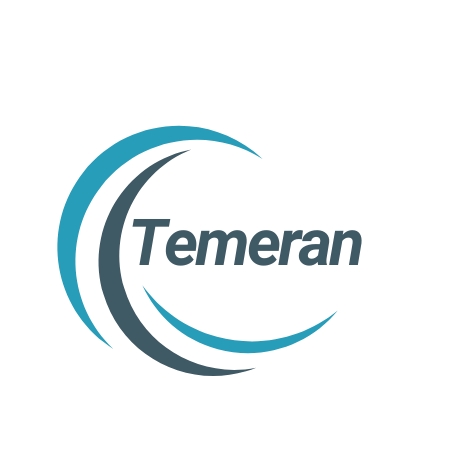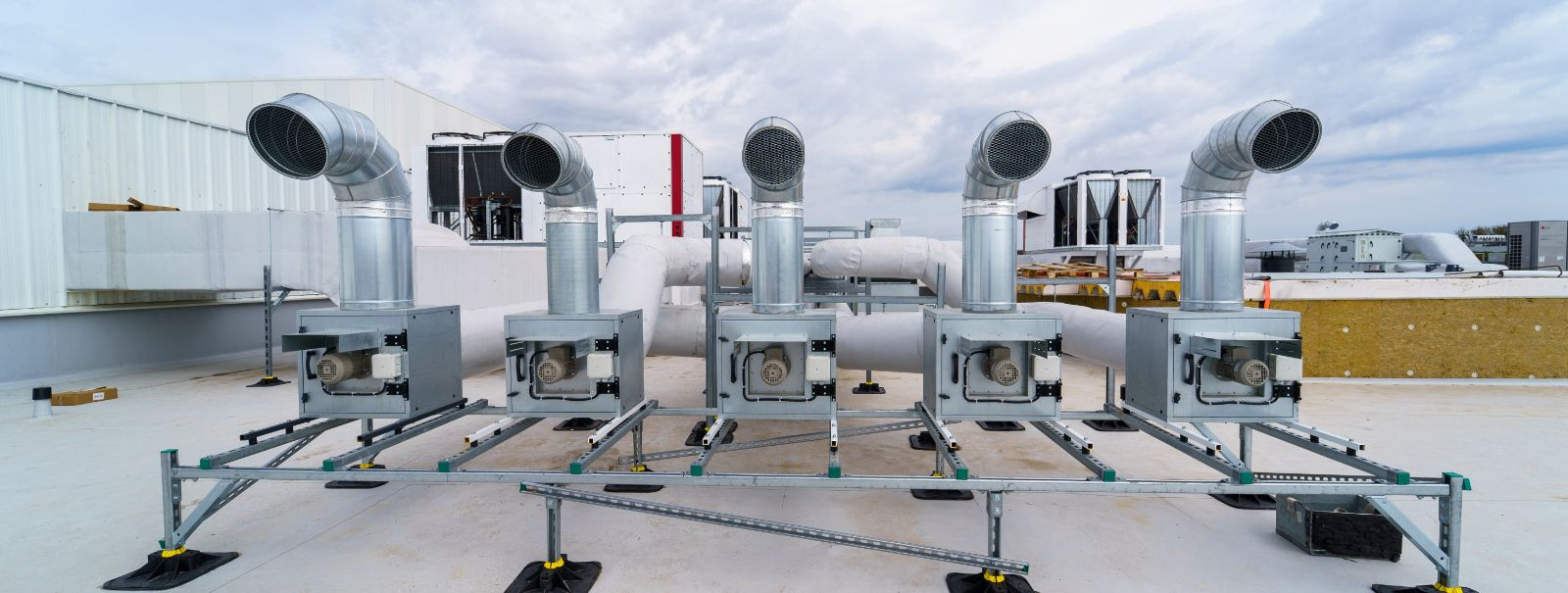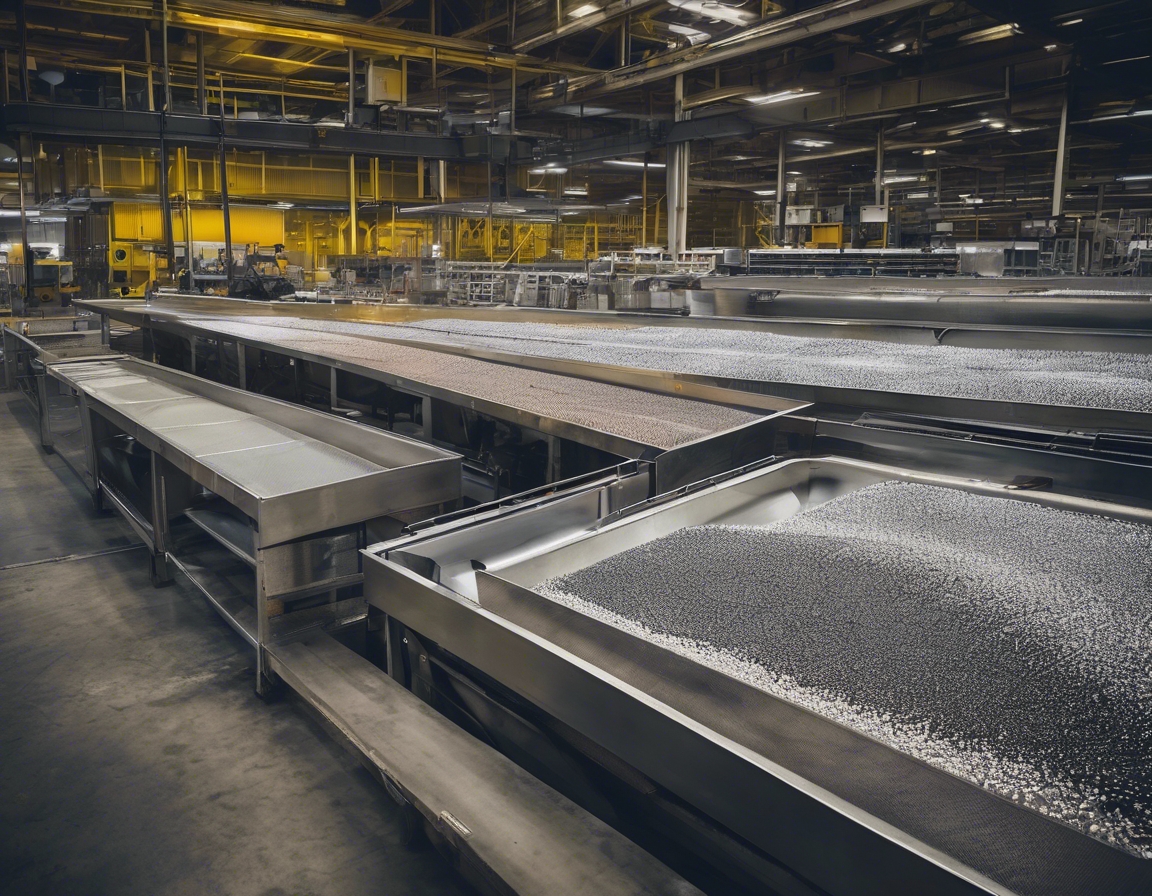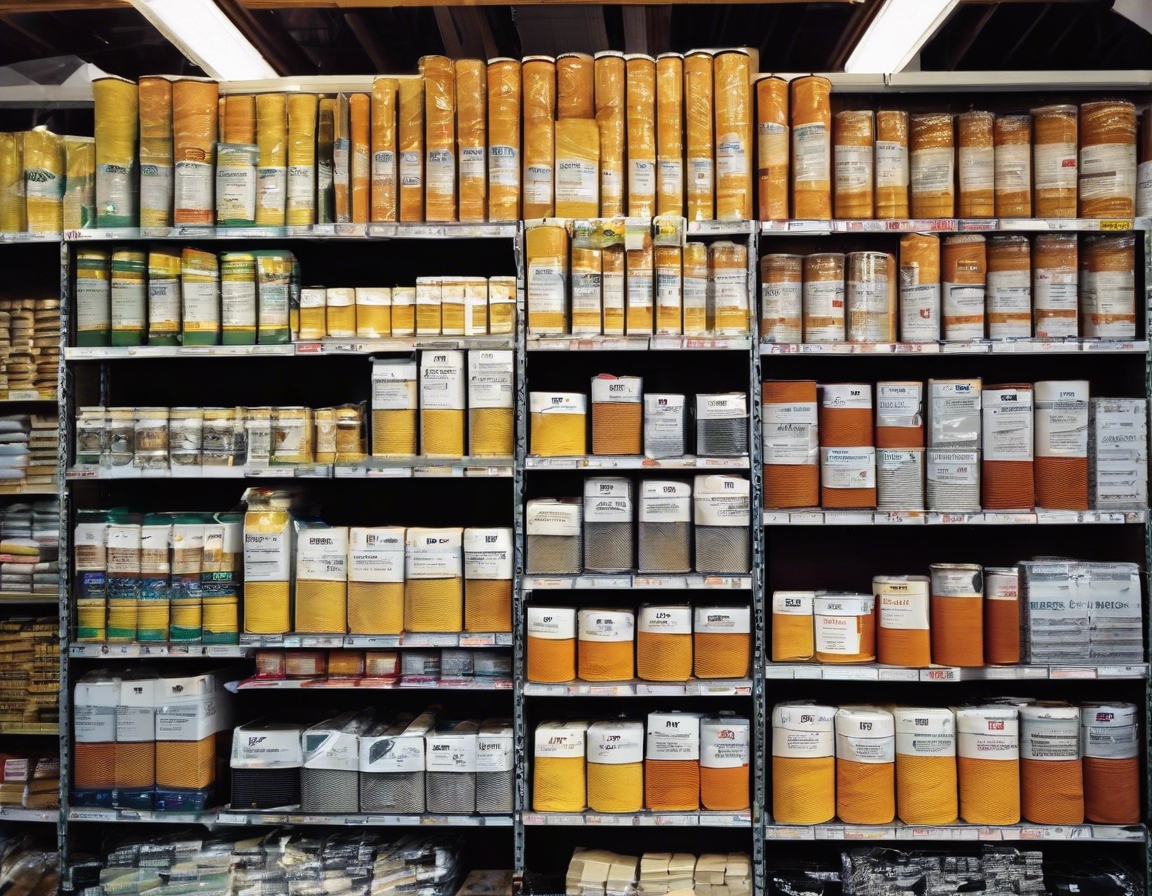The future of industrial ventilation: trends to watch
Industrial ventilation is a critical component in maintaining safe and efficient working environments in various sectors, including manufacturing, construction, and ship repair. It involves the process of exchanging or replacing air within a space to control temperature, remove contaminants, and ensure the health and safety of workers. As industries evolve, so do the technologies and strategies employed in industrial ventilation systems.
Importance of Industrial Ventilation
Effective industrial ventilation is essential for several reasons. It helps in controlling exposure to airborne contaminants, maintaining thermal comfort, and ensuring compliance with health and safety regulations. Proper ventilation systems can significantly reduce the risk of occupational illnesses and improve overall productivity by creating a healthier work environment.
Emerging Trends in Industrial Ventilation
One of the most significant trends in industrial ventilation is the adoption of smart ventilation systems. These systems utilize advanced sensors and automation technologies to monitor air quality and adjust ventilation rates in real-time. This not only enhances the efficiency of the ventilation process but also reduces energy consumption by ensuring that ventilation is provided only when necessary.
With increasing awareness of environmental issues, there is a growing emphasis on energy-efficient and sustainable ventilation solutions. Modern ventilation systems are designed to minimize energy usage while maximizing performance. This includes the use of energy recovery ventilators (ERVs) and heat recovery ventilators (HRVs) that capture and reuse energy from exhaust air to pre-condition incoming fresh air.
As industries face stricter air quality standards, the demand for advanced filtration technologies is on the rise. High-efficiency particulate air (HEPA) filters, activated carbon filters, and electrostatic precipitators are becoming more prevalent in industrial settings. These technologies are capable of capturing a wide range of pollutants, including dust, fumes, and volatile organic compounds (VOCs), ensuring cleaner and safer air.
The integration of Internet of Things (IoT) and Artificial Intelligence (AI) in industrial ventilation systems is transforming the way these systems operate. IoT-enabled devices can collect and analyze data on air quality, system performance, and energy usage, providing valuable insights for optimizing ventilation strategies. AI algorithms can predict maintenance needs and system failures, reducing downtime and maintenance costs.
Industries are increasingly seeking customized and modular ventilation solutions that can be tailored to their specific needs. Modular systems offer flexibility and scalability, allowing businesses to expand or modify their ventilation systems as their operations grow or change. This trend is particularly relevant for industries with unique ventilation requirements, such as ship repair and construction.
Regulatory Changes and Compliance
As governments worldwide tighten regulations on air quality and emissions, industries must stay informed about the latest compliance requirements. This includes adhering to standards set by organizations such as the Occupational Safety and Health Administration (OSHA) and the Environmental Protection Agency (EPA). Staying compliant not only avoids legal penalties but also enhances a company's reputation as a responsible and sustainable business.
Challenges and Opportunities in the Industry
While the future of industrial ventilation is promising, it is not without challenges. The initial cost of implementing advanced ventilation systems can be high, and there is a need for skilled personnel to manage and maintain these systems. However, the long-term benefits, including improved air quality, energy savings, and regulatory compliance, present significant opportunities for businesses willing to invest in modern ventilation solutions.






Comments (0)